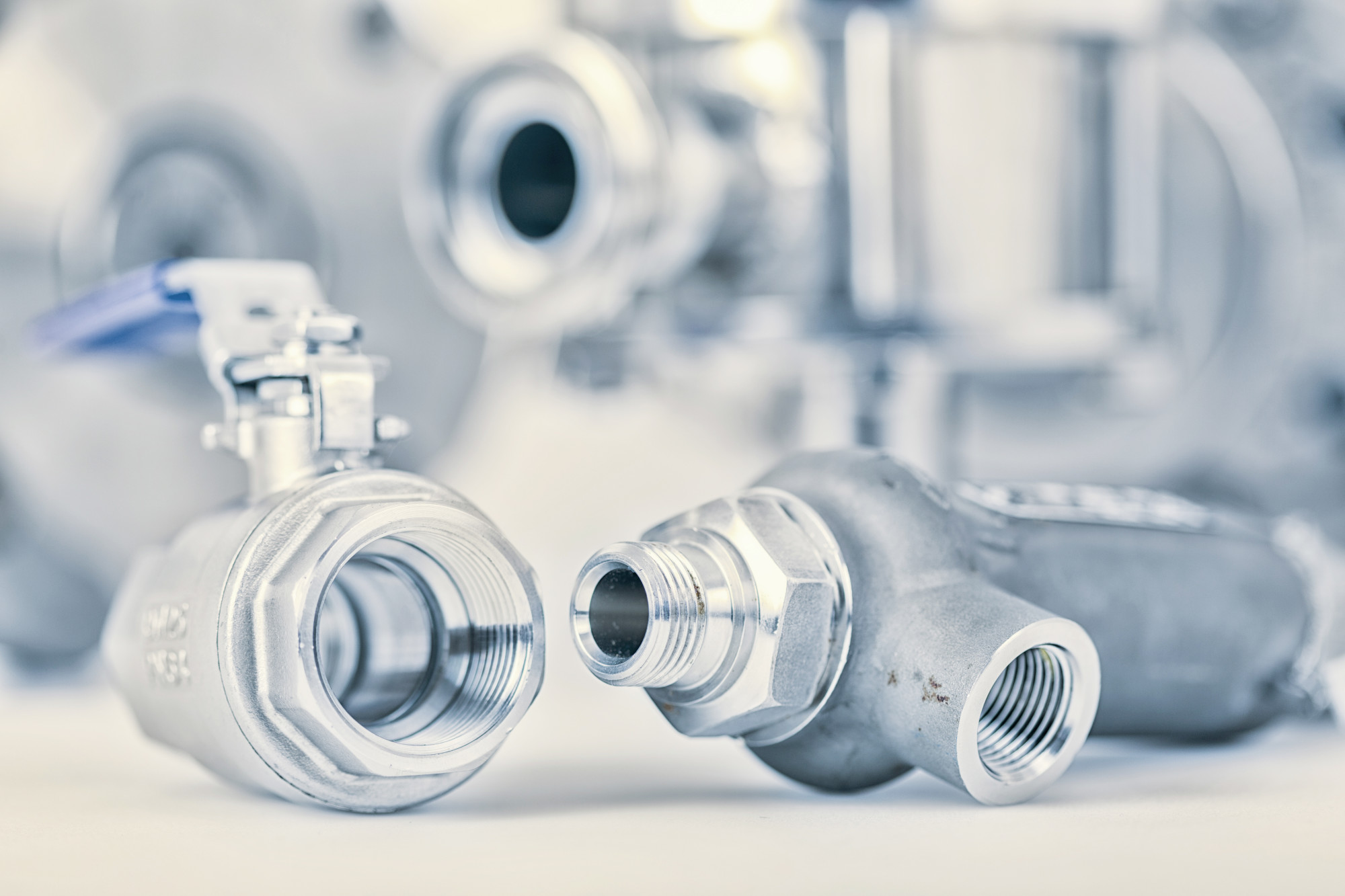
Without actuators, valves on machines and equipment wouldn’t work properly. If this seems like a big deal to you, that’s because it is! A huge range of equipment needs valves to work properly, and that requires actuators.
But what do the actuators do? How do they work, and which one is a better option for your valves? Read on for a breakdown of how these actuators function and some of their benefits and drawbacks.
What Do Actuators Do?
An actuator controls the opening or closing of valves. There are a variety of actuators and valves, and certain types of them will fit better together. The two main types of pneumatic actuators are Scotch Yoke and Rack & Pinion.
Pneumatic actuators like the Scotch yoke or rack and pinion actuators use compressed air to force a valve open or closed. These can be controlled electronically, allowing for automated or remote control of certain parts of the system.
In addition to pneumatic actuators, there are several other types of actuators, including manual, hydraulic, spring, and electric. But Scotch yoke and rack and pinion actuators are only designed for pneumatic or compressed air uses.
Scotch Yoke Actuators
This type of actuator uses an internal crank and piston system. When activated with compressed air, it rotates 90° to change the position of a valve.
To operate it, compressed air is first forced into the actuator. This then causes pistons to rotate a center output shaft via a crank arm. From there, the output drive opens or closes a valve.
These are generally slightly larger than rack and pinion actuators. Like their counterparts, they can be fitted with double acting or spring return, but might be longer with additional springs.
Rack and Pinion Actuators
A rack and pinion actuator has a somewhat similar idea behind it. It also uses compressed air to push pistons, but the other mechanisms and designs are different.
Compressed air forces pistons to move horizontally. These pistons move the rack, which is a toothed bar. The rack rotates a splined (or toothed) shaft, which is called the pinion.
From there, the pinion moves the output, which in turn opens or closes a valve.
Comparing The Actuators
These actuators are both very similar, and have been used reliably for decades in thousands of machines. You don’t need to fear that you’ll get something low quality with either of these designs!
However, they do have some differences that tend to make one type or the other better in some situations. These include the cost, torque, retrofittable capabilities, and torque curve. They both tend to be quite durable and vary depending on their specifications and manufacturers.
In general, Scotch yoke actuators cost less than their rack and pinion counterparts. This is because rack and pinions require more expensive machined parts.
But when you look at torque is where the really interesting comparisons come into play. Because of the mathematical forces that play into how these actuators operate valves, they have different torques and torque curves.
Rack and pinion actuators have a constant level of torque, keeping a uniform force that can be useful for certain types of valves. On the other hand, Scotch yoke actuators have a curve in the amount of torque the actuators provide, depending on where in the opening or closing process they are. This makes them better for other types of valves, which will be detailed below.
One advantage to rack and pinion actuators is their ability to be converted from double acting to spring return or vice versa. This can be done without adding extra space to the actuator, where a larger Scotch yoke will be necessary to change the inclusion or removal of spring returns.
Types of Valves That Use These Actuators
Some types of valves will be better served by Scotch yoke actuators, while others will work well with rack and pinion systems. While you will certainly have to find your exact specifications to make a match between your actuator and valve, this is a general outline of which pairing will work better.
A butterfly valve has a nonlinear or curved torque, which matches fairly well with the torque of a Scotch yoke actuator. So for pneumatic actuators for butterfly valves, many people prefer to use Scotch yokes.
Additionally, many types of ball valves (or valvulas de bola depending on your global location) and severe service valves have nonlinear torque patterns, also making them good fits for Scotch yoke actuators. This nonlinearity in torque can vary a lot depending on the body and seal designs. For example, metal seated ball valves will probably have a different curved torque than other types of valves.
On the other hand, positioning or throttling jobs with valves will probably require a rack and pinion setup. With more constant torque, it’s a lot easier for this actuator to reach the exact desired position. This is great for valves that require exact positioning or fine-tuning, rather than a simple open to closed positioning.
In addition, HVOF for ball valves and other valves can be used to improve the surface and protect against corrosion. This type of coating can work alongside the valves and actuators to improve the functionality and reduce the wear and tear of these hard-working machines.
Learn More About Actuators and Valves!
This rundown of the difference between Scotch yoke and rack & pinion actuators should give you some idea of how these actuators can work for various types of valves. But if you find yourself scratching your head, don’t worry!
We’d love to help you in any way we can, so feel free to contact us with any questions or concerns you may have. We’ll do our best to answer them all and make sure you’re satisfied with all your industrial valves!
